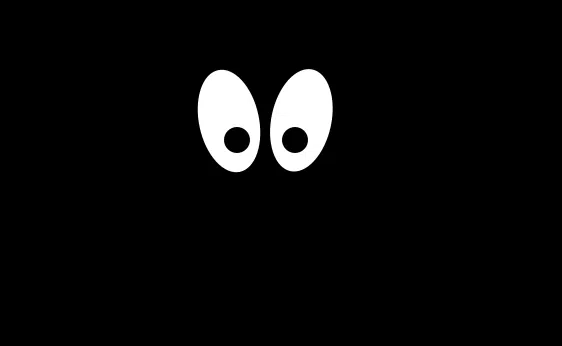Dictionary.com has announced it’s Word of the Year for 2025 and this year, it’s two words…..numbers to be exact.
Yep, 67 is the word of the year.
They base their yearly choice on various factors, saying:
Each year, Dictionary.com’s Word of the Year and short-listed nominees capture pivotal moments in language and culture. These words serve as a linguistic time capsule, reflecting social trends and global events that defined the year.
If you like me, thought “finally! Surely dictionary.com can define it…” be prepared to be disappointed.
I asked my 12 year old what it means and he smirked and mumbled “I dunno”
In a peak cringey parent move, I asked Alexa what it means and she talked in circles until I told her to stop.
Dictionary.com attempts to explain it by saying:
What does 67 mean? Well…it’s complicated. Some say it means “so-so,” or “maybe this, maybe that,” especially when paired with its signature hand gesture where both palms face up and move alternately up and down. Some youngsters, sensing an opportunity to reliably frustrate their elders, will use it to stand in for a reply to just about any question. (“Hello, darling child, how was school today?” “67!”) A perfectly timed 67 signals that you’re part of an in-group, and if you’re already using its emerging spinoffs six-sendy and 41, you might be even cooler.
Perhaps the most defining feature of 67 is that it’s impossible to define. It’s meaningless, ubiquitous, and nonsensical. In other words, it has all the hallmarks of brainrot. It’s the logical endpoint of being perpetually online, scrolling endlessly, consuming content fed to users by algorithms trained by other algorithms. And what are we left with in the wake of this relentless sensory overload? 67. Still, it remains meaningful to the people who use it because of the connection it fosters. 67 shows the speed at which a new word can rocket around the world as a rising generation enters the global conversation.
Ugh. I give up.









